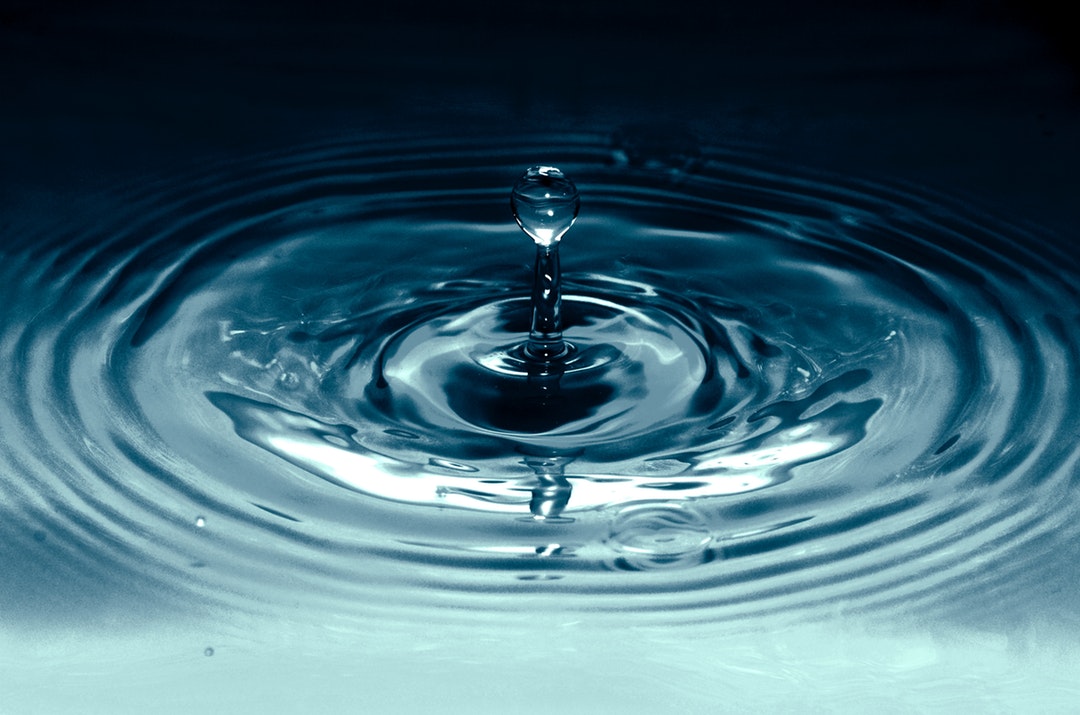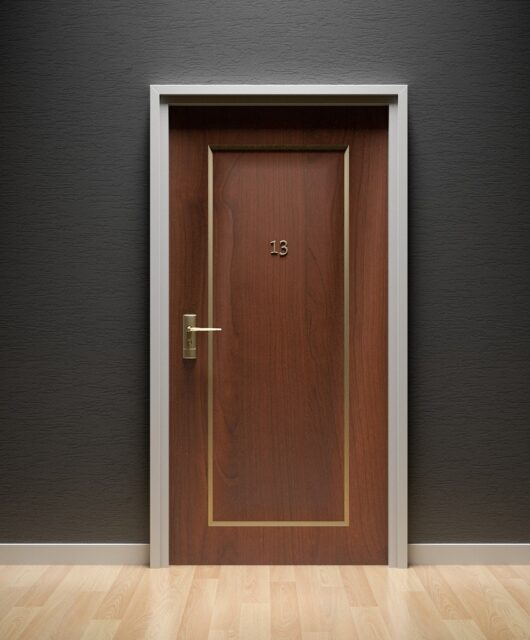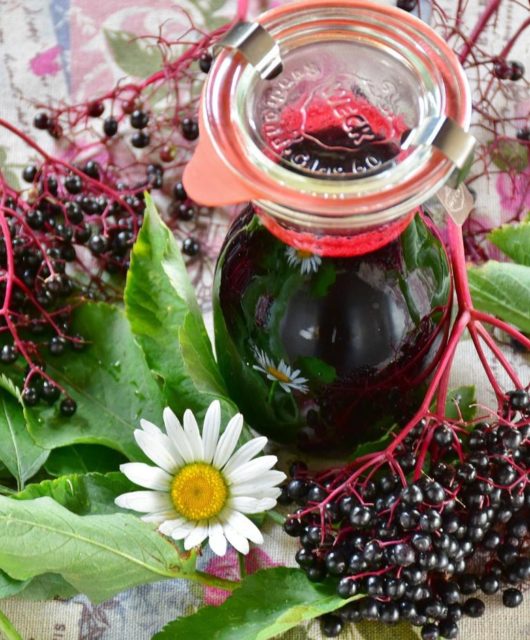7 Types of Water Storage Systems Every Prepper Needs to Know

Do you know how much water your family will need to survive in a disaster situation?
According to studies, a family of four will need around 270 gallons of water for three months. You’ll need about a gallon per person in your family and when you’re drinking, cooking, and washing one gallon can go quickly.
Now, 270 gallons is a lot of store-bought water bottles to stock in your bunker; though they are a good short-term water storage option.
In a real crisis, water and power lines can be cut for a while so looking into a long-term water storage system is a good idea.
Learning which types of water storage systems would work best for your family ahead of a disaster is the best way to be ready for whatever strikes. Here are the top seven water storage systems.
Table of Contents
1. Water Tanks
The main difference between water tanks is size and price. Now, not everyone has space or money to store a 260-gallon water tank, there are 55-gallon water tanks which are a perfect start to a family water storage.
If you have space for a 260-gallon water tank, you and your family will be best prepared for a disaster. A 260-gallon water tank is five times the size of a 55-gallon water drum which may seem like a lot of storage space but most can fit inside a closet.
2. Flexible Water Containers
Flexible water containers are a great storage option because most models are stackable making the most out of your storage space. They’re also easier to move than water tanks which can be an advantage in a time of disaster.
These types of containers can also be stuffed with food like beans and rice for short-term storage further proving their multi-faceted use. They’re easily a staple in any preppers bunker.
3. Store-Bought Bottled Water
Store-bought bottled water is a great short-term water solution.
Bottled water typically won’t go bad for about six months, they can also quickly take up space with their bulky packaging but throwing a few cases in your bunker is great for heavy storms or short power outage.
Packaged store-bought bottled water becomes costly fast, so if you want to be a little more low-cost you can always refill your empty plastic bottles like Gatorade or juice bottles with filtered water.
Fill up your reusable water bottles and water jugs with filtered water in preparation before emergency situations, as well. These are great in case you need to evacuate at the last minute.
4. WaterBob
The WaterBob is designed to be used last minute before a hurricane or after an earthquake. It incredibly holds up to 100 gallons of water and keeps it fresh for up to 12 weeks!
A WaterBob is essentially a large, FDA-approved, plastic bag that hooks up to a faucet like in your bathtub. It has a filter and a pump to dispense water at ease. This is also a great option for families with limited space, just pull it out in response to an emergency and easily become ready for disaster.
Aquapods are also a great water storage system that is similar to the WaterBob. They’re for a shorter emergency period since they only hold about 65 gallons and only keep it fresh for about six weeks.
Both are still fantastic options for families with limited storage space.
5. Cisterns
Water cisterns are essentially large jugs that catch rainwater. They’re used to do things like flush toilets, wash, and other hygiene purposes because of the untreated water.
Cisterns can catch anywhere from 1,400 to 12,000 gallons of water so this is a great long-term solution but can take up quite a bit of space. You’ll need to treat this water before drinking or using it for cooking.
This is perfect for preppers who are preparing for whatever disaster is thrown their way. You can combine cisterns with inside water storage for both drinkable water and plumbing water.
6. Water Filters
Water filters are important to have if you’re preparing for any situation because they’re essential for cleaning rain and reclaimed water. Most brands of water filters can produce around one liter of clean water in a minute.
This obviously isn’t enough to rely on as a sole source of clean water but it’s a great supplement.
Humans can live without food for three months, but can only live without water for three days so any supplement to securing clean water is important for a prepper to have on hand.
Water filters are also a key piece to the cisterns set-up.
This way you can consistently clean the rainwater you’ve caught. You can’t really pick up and move these setups so they’re not the best options for transport which is necessary for an evacuation situation.
Purification tablets are also a great alternative to water filters. You can easily take these and a reusable water bottle if you and your family need to leave home base.
7. Boiled Water
If you have a home back-up generator or a back-up fuel system you can always boil water to kill any bacteria before consumption. You can even do this on a small camping stove or propane grill.
This is a great tactic in a flash emergency disaster but always continue to learn more about water storage systems to learn how to best prepare your family in a disaster.
Which Types of Water Storage Systems Are Best for You?
Assess your family’s storage space and disaster plan to pick which types of water storage systems will best serve you.
Whether you live in an apartment and need a quick and easy solution to being without water and power, or if you’re an avid prepper there’s a water storage system out there that can save you in a time of need.
Knowing you can only survive without water for less than a week it’s arguably the most important thing to stock up on. Water is life and can run out very fast in a time of emergency.
Start evaluating your family’s disaster plan. It could save your life one day!
Explore our page to find more home planning advice, insight, and news.









